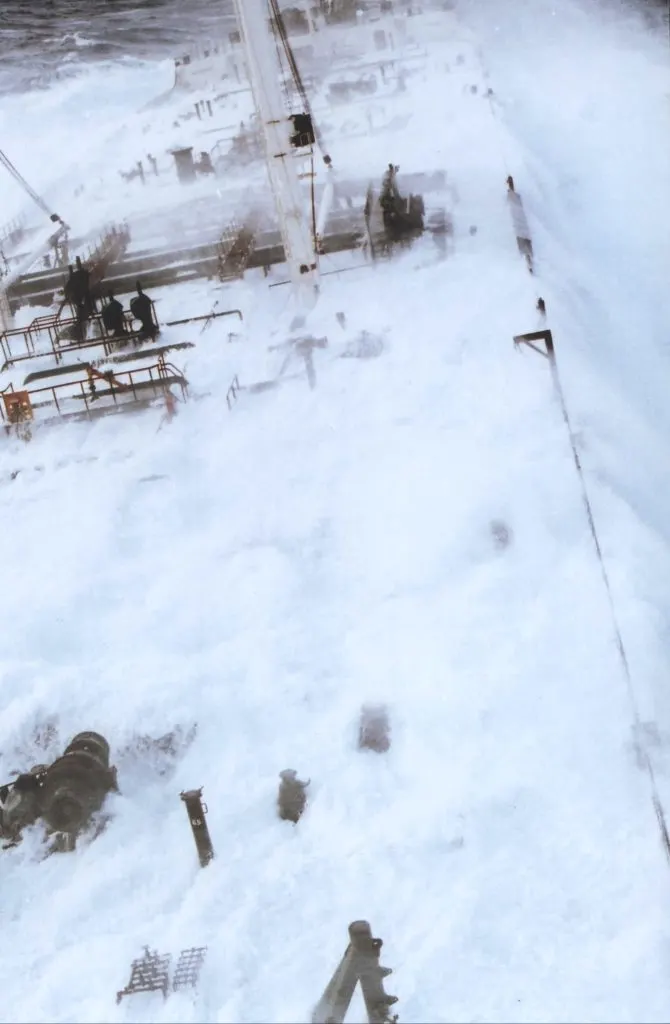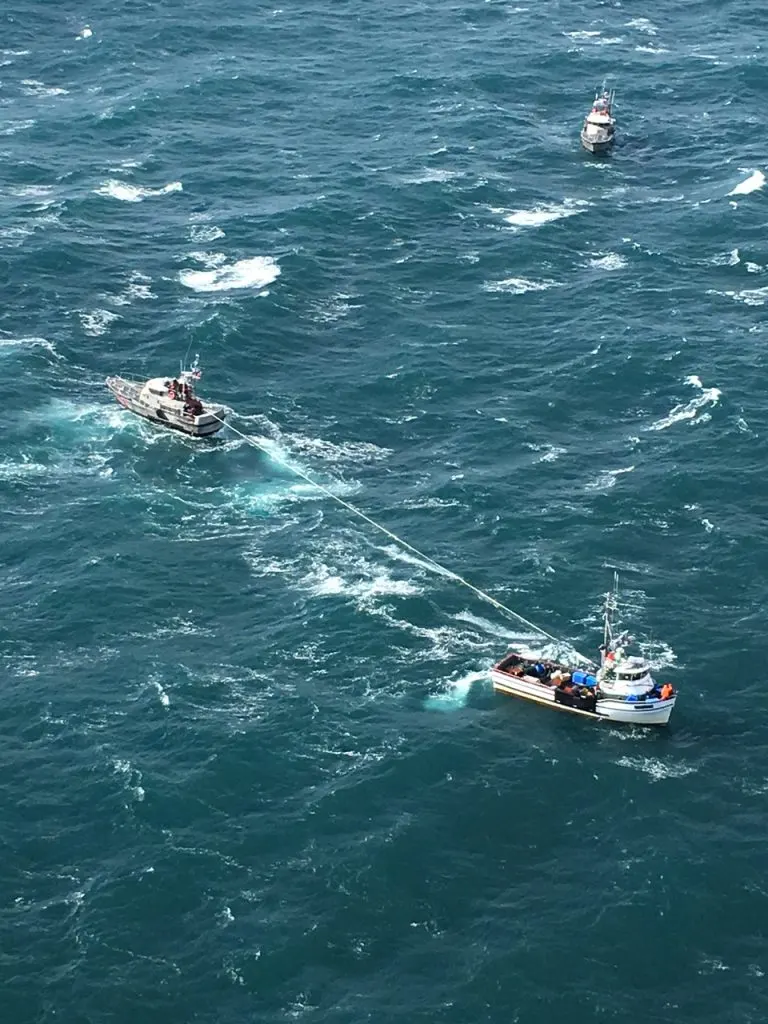
Are rogue waves real?
Yes, rogue waves are real. Monster waves, killer waves, and freak waves have haunted mariner lore for centuries but they were so uncommon, researchers have only documented evidence of their existence in recent decades. While fishermen and sailors may be known for telling the odd tall tale, it turns out that rogues waves are fact, not fiction.
For a long time, rogue waves were considered unlikely if not impossible. It wasn’t until new year’s day in 1995 that the first rogue wave was detected with a measuring instrument. The Draupner platform, an oil rig in the North Sea, was outfitted with sensors that captured a 26-meter (84-foot) giant wave in a sea of 12-meter waves. It was more than twice the height of its neighbors.
The Draupner wave sparked interest in the scientific community which led to more widespread research into rogue waves and their existence has since been confirmed by video recordings, satellite data, radar, sensors on the seafloor, and oceanographic research vessels.

What is a rogue wave?
Rogue waves, known by scientists as extreme storm waves, are large waves greater than twice the size of surrounding waves. They tend to be unpredictable and come from unusual directions (i.e., from a different direction than the prevailing wind and ocean waves).
So, in theory, an extreme wave could actually be quite a small wave, so long as it was double the size of its neighbors.
How do rogue waves form?
Scientists are still working to understand what causes rogue waves. Because these enormous waves are such rare events, there’s not much in the way of real-world data to analyze, though the phenomenon has been studied in wave tanks. That being said, there are thought to be a couple of causes:
As swells travel across the ocean at different speeds, one may catch up with the other and the two will combine into a larger wave. If several swells coincide, they can accumulate into a rogue wave. Usually, these extreme waves quickly disappear but may last for several minutes before dissipating.
A storm may cause huge waves to form in a water current, against the normal wave direction. When this happens, the wave frequency may shorten, and cause the waves to combine into a very large rogue wave. This has been known to happen in ocean currents like the Gulf Stream and Agulhas current. These monster waves tend to last longer.

What makes rogue waves especially dangerous?
Rogue waves are rare but potentially very dangerous because of their unusually large size and spontaneous formation. It’s estimated that rogue waves may have claimed 22 supercarriers and more than 500 lives in the second half of the 20th century alone.
Not only is a spontaneous, monstrous wave impossible for a sailor to anticipate, but the vertical wall of water it produces can overwhelm everything from small boats to liners ocean liners, which were never designed to withstand such extreme conditions.
Rogue waves have been implicated in the loss of several large ships.
One such example, was in 1978 when the cargo ship MS München hit bad weather in the North Atlantic. However, the forecast storm conditions weren’t anything the 261-meter-long ship couldn’t handle. Suddenly and mysteriously, the vessel and its 28 crew vanished, leaving nothing but floating wreckage.
Investigators discovered damage 20 meters above the ship’s waterline, a bolted-down lifeboat that had been ripped off by a tremendous force. It’s thought that this sinking was likely caused by a rogue wave.
In recent years, researchers have been developing tools for rogue wave prediction – technology that can scan the ocean and notify a ship’s captain when the probability of a rogue wave increases.
What’s the biggest rogue wave ever recorded?
The biggest rogue wave ever recorded by scientific instruments in the open ocean had a significant wave height of 29.1 meters (95 feet). They were recorded in February 2000 by RRS Discovery, a British Oceanographic Research Vessel, sailing west of Scotland.
Fiona McGlynn is an award-winning boating writer who created Waterborne as a place to learn about living aboard and traveling the world by sailboat. She has written for boating magazines including BoatUS, SAIL, Cruising World, and Good Old Boat. She’s also a contributing editor at Good Old Boat and BoatUS Magazine. In 2017, Fiona and her husband completed a 3-year, 13,000-mile voyage from Vancouver to Mexico to Australia on their 35-foot sailboat.
